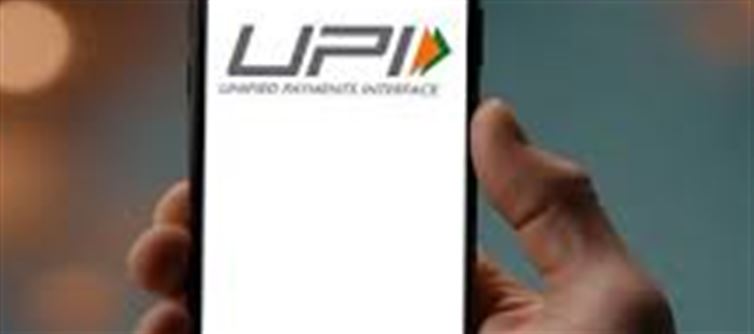
If you use UPI (Unified Payments Interface) regularly, there’s big news for you! The National Payments Corporation of india (NPCI) has announced a major change that will impact how you make payments. Starting September 15, 2025, the transaction limit for certain payments has been increased. Here’s the full update, simplified for you.
1️⃣ New Rule Comes into Effect from september 15
From today, September 15, 2025, NPCI has officially rolled out its new guidelines, increasing the P2M (Person-to-Merchant) transaction limit via UPI to ₹10 lakh.
2️⃣ What is P2M Transaction?
P2M stands for Person-to-Merchant, which simply means payments you make to shops, businesses, service providers, hospitals, schools, or any other merchant. Whether you’re paying fees, medical bills, or booking travel, this rule applies.
3️⃣ Old Limit vs New Limit
- Earlier Limit: ₹2 lakh for most merchant payments (except special cases like hospitals and education).
- New Limit: Increased to ₹10 lakh for all eligible P2M transactions.
This is a 5x jump that will make high-value payments easier and faster.
4️⃣ Who Benefits from This Change
This move will benefit:
- People paying school/college fees
- Patients settling hospital bills
- Users booking travel packages or paying large utility bills
- Businesses that accept large-ticket payments from customers
5️⃣ How This Impacts You
With the new rule, you no longer need to rely on NEFT/RTGS or carry cash for payments above ₹2 lakh. You can now complete high-value transactions instantly through UPI — without paying extra charges.
6️⃣ No Change for Regular P2P Transfers
This increased limit is specifically for P2M transactions. The limit for P2P (Person-to-Person) transfers remains the same as before (usually ₹1–2 lakh per day, depending on the bank).
7️⃣ Why NPCI Took This Step
The NPCI aims to promote digital payments even for big transactions. By allowing higher-value UPI payments, they are reducing dependence on traditional banking channels and making the process seamless for users.
Disclaimer:
The views and opinions expressed in this article are those of the author and do not necessarily reflect the official policy or position of any agency, organization, employer, or company. All information provided is for general informational purposes only. While every effort has been made to ensure accuracy, we make no representations or warranties of any kind, express or implied, about the completeness, reliability, or suitability of the information contained herein. Readers are advised to verify facts and seek professional advice where necessary. Any reliance placed on such information is strictly at the reader’s own risk..jpg)




 click and follow Indiaherald WhatsApp channel
click and follow Indiaherald WhatsApp channel